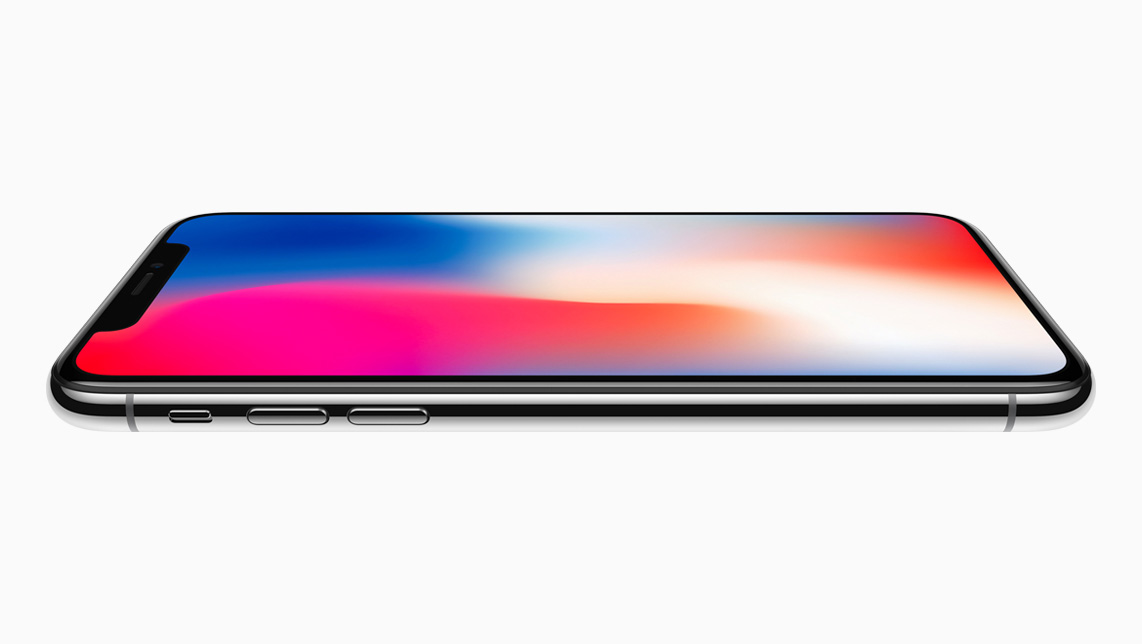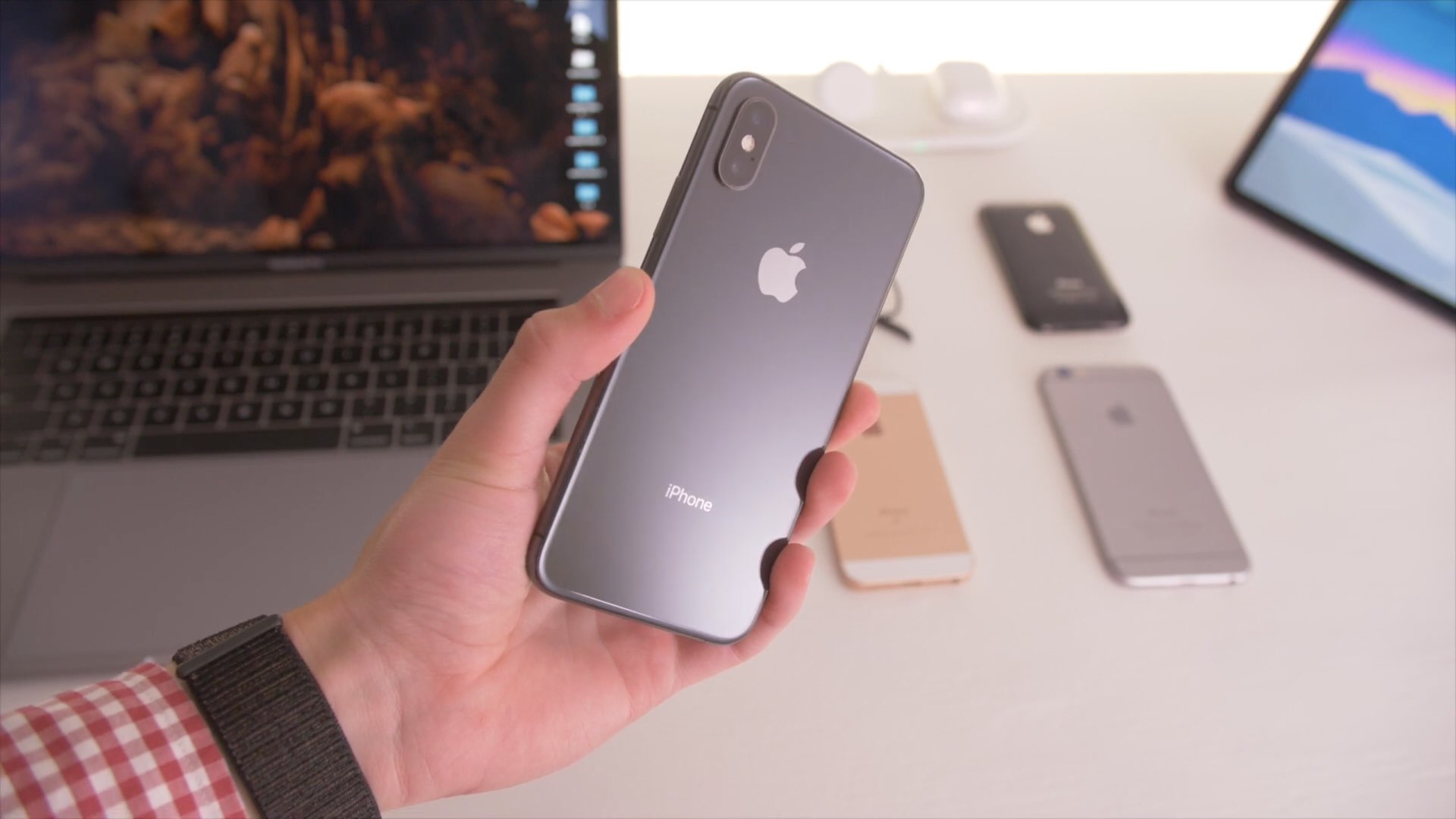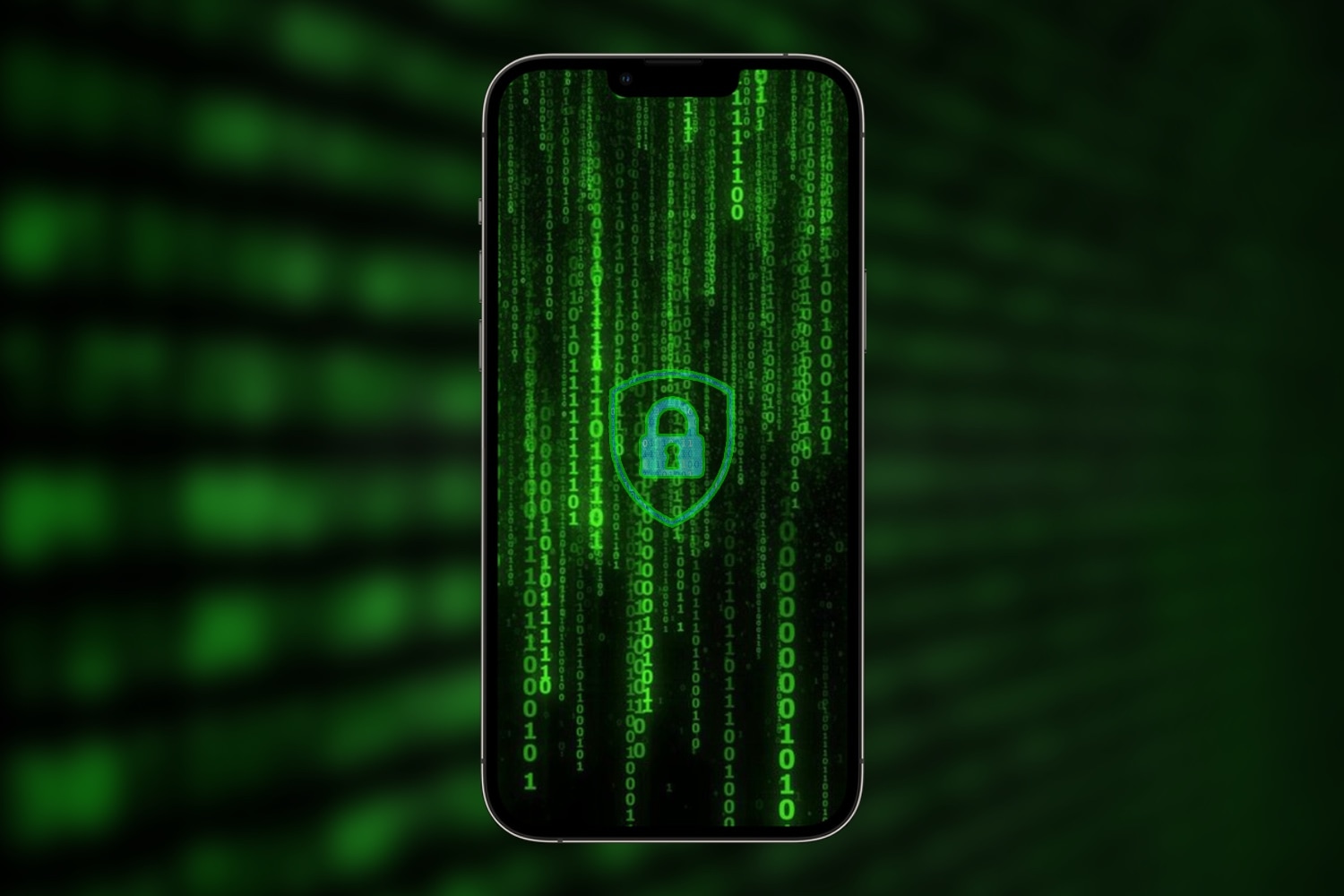If you’ve been paying any attention to the Apple rumor mill lately, then you’ve likely heard how iOS & iPadOS 17 could ditch support for the iPhone X, iPhone 8 Plus, iPhone 8, and some older iPads. Another rumor alleged the exact opposite the very next day, which makes for some remarkable contradiction in “insider” knowledge.

It’s safe to say that no one really knows for sure what Apple has in store for the future of its iPhone lineup, but with iOS & iPadOS 17 expected to be unveiled at WWDC 2023, it won’t be long before we find out. In the meantime, however, let’s take a closer look at what an iPhone X-less iOS 17 launch could look like.
Currently supported by iOS 16
Currently, iOS 16 supports the iPhone X, iPhone 8 Plus, and iPhone 8. While all three of these devices have the same A11 Bionic chip under the hood, it’s worth mentioning that they’re vastly different handsets even though every one of them launched in 2017.
At the time, it seemed like Apple was eager to launch an entirely redesigned iPhone in what was the iPhone X – a Home Button-less device with Face ID and a controversial notch. But Apple still clung to the older Home Button design in the iPhone 8 Plus and iPhone 8 for anyone who wasn’t ready for the change. Fast-forward to now, and all new iPhones have ditched the Home Button and Touch ID and adopted some form of a notch.
Even though all these devices support and can run iOS 16, users who update them to the latest firmware will attest that it isn’t as smooth or snappy as the device’s original iOS 11 firmware. This is par for the course, however. As newer operating systems add new features, the additional demand puts more strain on the aging hardware. This is nothing new, and it’s precisely why we aren’t running iOS 16 on Steve Jobs’ iPhone 4 today.
No one I know looks at an iPhone 4 and goes, “wow, look at this modern piece of tech,” and they shouldn’t because it doesn’t look modern at all. The small screen, the Touch ID-less Home Button, and non-curved LCD corners are all indicators of an era lost in time. But the iPhone X isn’t an iPhone 4. Many people still look at their iPhone X and see a modern piece of Apple’s hardware engineering that still has a lot of life left in it yet.
Enter the iPhone XS

The next year, Apple announced the iPhone XS, a virtually indistinguishable handset that featured a slightly wider camera hump than the one on the iPhone X, better IP68 water resistance, a larger 6.5-inch display option, and a faster arm64e processor dubbed the A12 Bionic chip.
You’d be hard-pressed to distinguish an iPhone XS from an iPhone X just by looking at it, and this dissuaded a lot of people from upgrading to the newer handset in 2018. But some people jumped ship merely for the opportunity to have a plus-sized OLED display for the first time in an iPhone – you know, after Apple changed the naming scheme of the bigger handset from Plus to Max to fire up the marketing sector.
The performance differences between the iPhone X’s A11 Bionic and the iPhone XS’ A12 Bionic chips were marginal at best, but major differences between their architectures would quickly go on to become a pain point for hackers who developed jailbreak tools, especially following the release of a certain exploit that continues to bug Apple to this very day (pun intended).
The rise of the checkm8 bootrom exploit
Officially announced in 2019, about one year after Apple launched the iPhone XS, the checkm8 exploit would go on to become one of the biggest stains in Apple’s reputation for hardened security.
The checkm8 exploit is a hardware-based bootroom exploit that impacts Apple’s A5 chips, A11 Bionic chips, and everything in between. Being hardware-based, this meant that Apple couldn’t patch the exploit with a software update. To effectively patch this exploit, Apple would have had to recall every affected device and solder revised chips into those devices with a fix, a feat that would have been expensive and infeasible.
Instead, all Apple could do was put up software barricades to make hacking into their devices tougher, but this proved easy for hackers to thwart. Hackers quickly devised a jailbreak tool called checkra1n for devices ranging from the iPhone 5s to the iPhone X running iOS or iPadOS 12.0-14.8.1. In fact, hackers still take advantage checkm8 today; it powers the palera1n jailbreak tool for devices on iOS & iPadOS 15 or 16.
Bootrom exploits like these are exceedingly rare; before checkm8, the most recent bootrom exploit release came in the form of limera1n, which was released just under a decade earlier in 2010 for the iPhone 3GS and A4 chip-equipped handsets such as the iPhone 4. When bootrom exploits aren’t available for hackers to use, jailbreakers must depend on software-only exploits, which are easily patched by Apple via software updates.
Apple’s dilemma
The checkm8 bootrom exploit affects A11 Bionic chip-equipped handsets such as the iPhone 8, iPhone 8 Plus, and iPhone X, all of which can run iOS 16 – Apple’s latest firmware at the time of this writing. It also just so happens that these are the last of Apple’s older (and still supported) devices affected by checkm8, so it may come as no surprise to anyone that Apple seems eager to kill them off once and for all.
The A12 Bionic chip found in the iPhone XR, iPhone XS, and iPhone XS Max isn’t susceptible to checkm8, so logically, Apple would love nothing more than to make these devices the baseline requirement for installing iOS 17. But is that the right move for the Cupertino-based tech company?
If Apple does this, then they can move past an embarrassing exploit, but at the cost of bad press from folks who still feel like their iPhone X has plenty of life in it yet. On the other hand, if they allow iOS 17 to run on devices donning the A11 Bionic chip, then they’ll be settling with another year of hackers releasing jailbreaks for their devices on the latest firmware, which they really don’t want to happen.
Some rumors have suggested that iOS 17 will be less of a new feature update and more of a stability-centric update given the increased bugginess of Apple’s mobile firmware in recent years. If true, then this means iOS 17 shouldn’t run any less performantly on the iPhone 8, iPhone 8 Plus, or iPhone X than iOS 16 does already, which weakens any user experience arguments for not supporting these devices with iOS 17.
Since devices equipped with the A12 Bionic chip and later aren’t susceptible to the checkm8 bootrom exploit, Apple is likely to continue supporting these devices for a while longer while becoming increasingly hostile to A11 Bionic chip-equipped devices by artificially limiting new features from them with software (should they choose to support them with iOS 17).
Apple’s push for security

Apple has proven that it can make developing jailbreaks for these devices astonishingly excruciating for hackers by implementing so many roadblocks that it requires burning new techniques for every firmware version. This is obviously so resource-hungry that many hackers have backed off from trying to crack iOS.
The notion above, paired with Apple’s fruitful bug bounty program, have resulted in fewer jailbreaks for modern firmware versions. But fewer is not the same as none.
Jailbreaks such as Fugu15 and XinaA15 for newer iOS & iPadOS 15 devices, and even a demonstration shown off by Luca Todesco on iOS 16.1, have shown that even Apple’s latest security techniques aren’t impenetrable. The issue for jailbreaking, however, is that veteran hackers have moved on to bigger and better things, leaving only parts and pieces for less experienced hackers to try and pick up and put together in their absence.
Flying in the face of these new hackers who are trying to get a foothold in cracking the iPhone, is Apple. Knowing all too well that it’s currently ahead of the curve and that hackers are struggling to keep up, the company continues to harden its defenses. Perhaps that’s one of the reasons why the Dream Team considered a reunion.
Conclusion
Even if Apple decides to include the iPhone 8, iPhone 8 Plus, and iPhone X when considering which devices iOS 17 will support, it seems likely that it will be the last firmware to do so. Despite that, these devices would remain susceptible to the checkm8 bootrom exploit for the remainder of their lives, even as Apple moves on with newer firmware launches in the coming years that don’t support these devices.
It remains unclear what Apple’s ultimate decision will be, but we’ll find out for sure in just a few more months. Here’s to hoping that A11 Bionic chip-equipped devices get one more year of fun before Apple ousts them all from the family.




